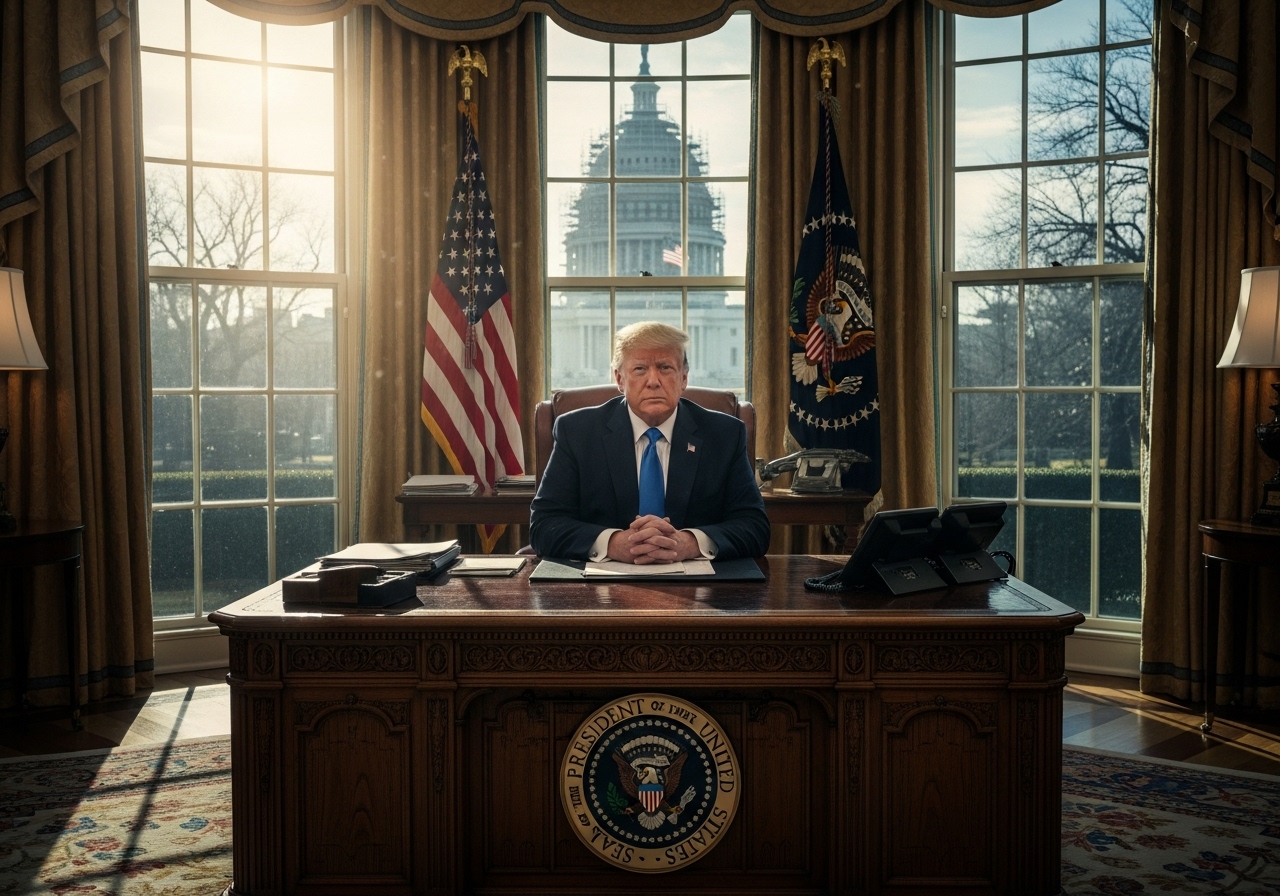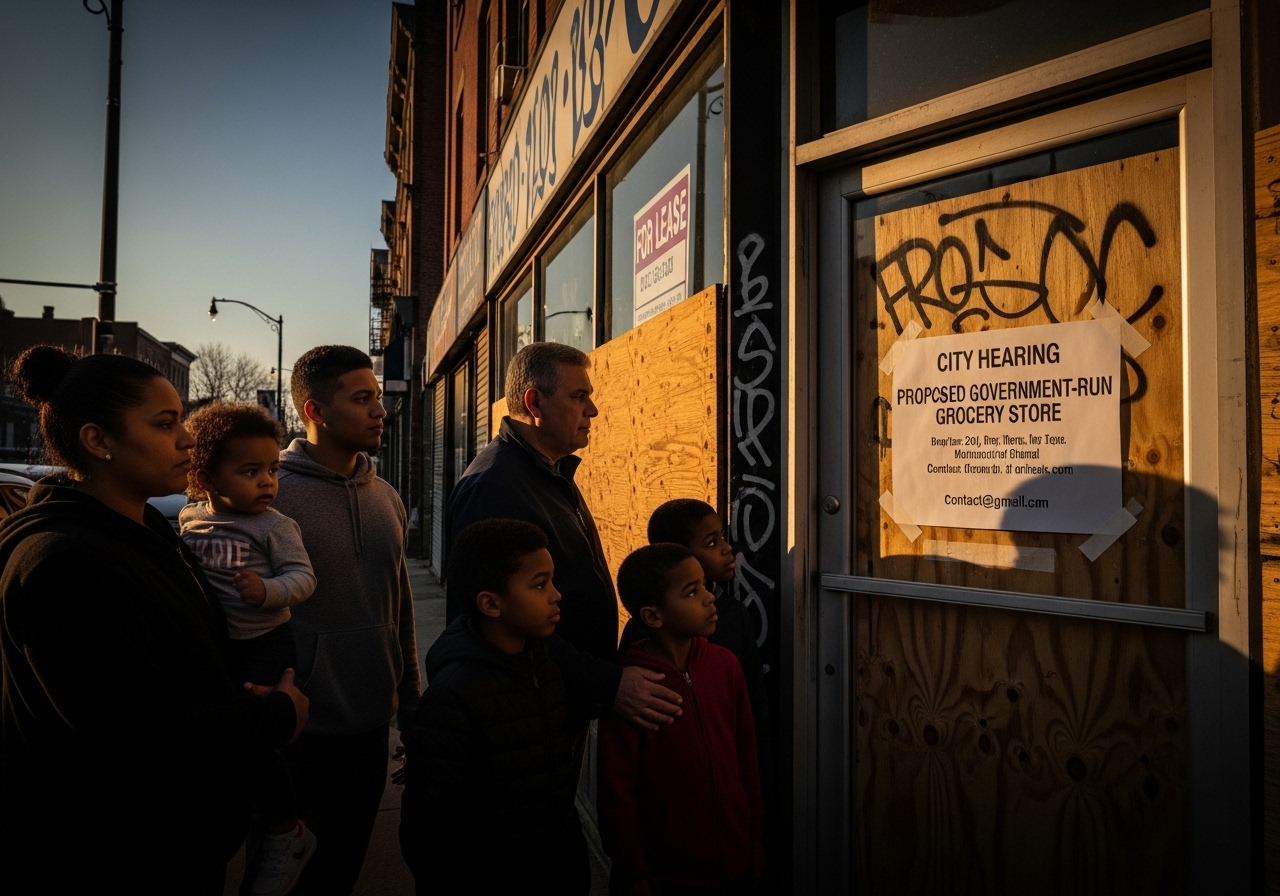President Trump responded this week to critics who have labeled him a “king” amid an ongoing government shutdown triggered by a standoff with congressional Democrats. In an interview aired Sunday with Fox News host Maria Bartiromo, Trump addressed the recent “No Kings” protests and explained how Democrats may have miscalculated the effects of their own political maneuver.
The protests, held over the weekend, were aimed at criticizing what some on the left call an “imperial presidency.” But Trump dismissed the attacks, saying he is not a king and never claimed to be one. Instead, he pointed to the shutdown—driven by Democrats refusing to pass a temporary funding bill—as a strategic mistake on their part. According to Trump, the shutdown has allowed his administration to begin cutting federal programs, especially those he and many Republicans view as wasteful or unconstitutional.
> “They’re referring to me as a king. I’m not a king,” says @POTUS.
>
> “They made one mistake. They didn’t realize that [the Democrat Shutdown] gives me the right to cut programs… giveaways, welfare programs, etc., and we’re doing that. We’re cutting them permanently.”
> — Rapid Response 47 (@RapidResponse47) October 19, 2025
During the interview, Trump emphasized that Senate Majority Leader Chuck Schumer, who has been leading the opposition to the White House’s budget proposal, is politically weakened and out of step with his own party. Trump suggested that Schumer was only digging in to appear defiant, even if it meant further harm to his constituents.
“They could just stay out forever, just to be honest with you,” Trump said, referencing the ongoing shutdown. “They made one mistake: they didn’t realize that this gives me the right to cut programs that Republicans never wanted.”
Behind the scenes, Trump’s Office of Management and Budget (OMB), led by Russ Vought, is taking aggressive steps to freeze and cancel funding for programs that the administration considers excessive or ideologically driven. One of the highest-profile actions so far is the freezing of $18 billion in infrastructure projects in New York City. According to administration officials, these projects were heavily influenced by so-called DEI (Diversity, Equity, and Inclusion) mandates, which Trump has long criticized as unconstitutional and discriminatory.
The president’s strategy hinges on the legal authority granted to the executive branch during a lapse in congressional funding. While Congress controls the power of the purse, the White House has some discretion during a shutdown to decide what spending continues and what gets paused. Trump’s team has interpreted this window as an opportunity to reshape federal funding priorities, especially in areas where Republicans have long pushed for reform or elimination.
The administration’s approach is already impacting blue states, where many federal programs are centered. By focusing on cutting what it calls “giveaways and welfare programs,” the administration hopes to put pressure on Democrats to negotiate. So far, the strategy appears designed to extract concessions on immigration enforcement, border security, and federal spending caps as conditions for reopening the government.
For many conservatives, this moment represents a chance to reset the federal budget and reverse policies put in place during Democratic control of Congress and the White House. But Trump’s actions also raise legal and political questions. While the executive branch can make temporary funding decisions during a shutdown, permanently cutting programs may require congressional action. Whether these moves will hold up in court remains to be seen.
Still, the broader political effect is clear. Trump is using the shutdown not just as a budget tool but as a way to draw a sharp contrast between his administration’s priorities and those of the Democratic opposition. By taking visible action—freezing spending, canceling projects, and challenging progressive policies—Trump is signaling to his base that he remains committed to shrinking the size of the federal government and restoring what he calls “common-sense governance.”
The standoff could last weeks or even months, but for now, President Trump appears confident that the longer it continues, the more political ground he will gain. Democrats, meanwhile, face growing pressure from local leaders and constituents as the effects of frozen federal funding begin to ripple through their states.
As the shutdown continues, observers will be watching to see whether Democrats blink or whether Trump’s gamble pays off in reshaping the federal budget in line with his America First agenda.





